Struggling to Set Up TYPO3 on Windows? You're Not Alone.If you are new to TYPO3 or a developer using Windows, setting it up can feel hard. You may have tried to install Apache, MySQL, and PHP one by one. It’s confusing, takes a lot of time, and can be frustrating—especially when you just want to build or test a TYPO3 website quickly.
Instead of doing everything manually, you can use XAMPP. It’s a free tool that gives you Apache, MySQL, PHP, and phpMyAdmin in one simple package.
Before moving further, are you considering launching or hosting your TYPO3 site on another platform? We recommend checking out our TYPO3 Installation Series below for step-by-step guides on various platforms.
- Install TYPO3 with AWS
- Install TYPO3 with DDEV
- Deploy TYPO3 on Plateform.sh
- Install TYPO3 on Debian
- Install TYPO3 on Rocky Linux
Let’s dive in and build a powerful, secure TYPO3 environment — the right way — on XAMPP.
In this guide, you’ll learn how to install TYPO3 on your Windows computer using XAMPP. Let’s get started!
What is XAMPP?
XAMPP is a free and open-source software package that provides a local web server environment for testing and development. It's designed to be easy to install and configure, allowing developers to create and test websites on their computers before deploying them to a live server. XAMPP includes Apache (the web server), MySQL (the database), PHP, and Perl.
For local development or smaller Windows-based deployments, XAMPP (Apache, MariaDB, PHP, and Perl) is a convenient bundle that simplifies installing a web stack on Windows. Running TYPO3 on XAMPP is an easy way to explore the CMS without diving into Linux.
What is TYPO3?
TYPO3 is a free, open-source Content Management System (CMS) built to help businesses and organizations create, manage, and grow their websites. It was founded in 1997 by Kasper Skårhøj and has since become one of the most popular CMS platforms—especially across Europe.
TYPO3 is written in PHP and uses TypoScript, a powerful configuration language that allows for advanced customization and flexibility. You don’t need any special software—TYPO3 runs in your browser and outputs content using standard HTML and JavaScript.
Whether you’re running a small business site, a university portal, or a large enterprise website, TYPO3 can scale to fit your needs.
Imagine an enterprise CMS that evolves as your project grows—without piling on complexity. That’s TYPO3 for you! It’s an open-source powerhouse that excels at:
here are the key reasons that TYPO3 Developers, marketers, and agencies trust TYPO3 for its:
- Modularity: Make your website do exactly what you need. No more, no less.
- Security & Stability: Regular LTS (Long-Term Support) releases help you stay secure for years.
- Scalability: From a tiny local site to a massive global platform, TYPO3 can handle it.
- Community-Driven Development: Enjoy a lively global community that refines and evolves TYPO3 continuously.
Did You Know? TYPO3 powers over 500,000+ active websites around the world!
Read more TYPO3 Facts.
Why use TYPO3?
TYPO3 offers advanced features like granular user roles, multisite management, and a strong ecosystem of extensions. It’s perfect for businesses and agencies that need scalability and long-term support.
Why Run TYPO3 on Windows XAMPP?
- Beginner-Friendly: Double-click installers and a GUI for managing Apache/MariaDB services.
- Fast Setup: No manual environment configuration—everything is pre-packaged.
- Local Development: Great for testing extensions or new features in a Windows environment.
- Familiar Interface: Windows users can rely on a graphical environment and Explorer for file management.
Requirements to Run TYPO3 on XAMPP
XAMPP Components:
- Apache Web Server: v2.4 or later
- MySQL (MariaDB): v10.3+ (TYPO3 supports MariaDB and MySQL 5.7+)
- PHP: v8.1 or v8.2 (as of TYPO3 v12–13)
Recommended XAMPP version:
- XAMPP 8.1.x or 8.2.x (matches PHP version compatibility with TYPO3)
TYPO3 Versions & Support Roadmap
Before diving in, note TYPO3’s release cycles:
- LTS (Long-Term Support): Typically three years of updates per major release.
- ELTS (Extended LTS): Paid option if you need extra time beyond standard LTS.
Staying on a currently supported LTS means you’ll get important security patches and feature improvements.
TYPO3 Version & PHP Compatibility for Composer Install
1. PHP & TYPO3 Compatibility
| TYPO3 Version | PHP Versions | Status |
| 9 ELTS | 7.2–7.4 | Active ELTS |
| 10 ELTS | 7.2–7.4 | Active ELTS |
| 11 ELTS | 7.4, 8.0 | Active ELTS |
| 12 LTS | 8.1–8.4 | Active ELTS |
| 13 LTS | 8.2–8.4 | Active ELTS |
2. System Requirements
- Web Server: Apache or Nginx
- Database: MariaDB/MySQL recommended
- Composer: Recommended for a smoother TYPO3 experience
Always verify with TYPO3’s official System requirements to ensure you’re up to date.
How to install TYPO3 on XAMPP
Step 1. Download & Install XAMPP
- Download from the official XAMPP website.
- Install to C:/xampp (default).
- Launch XAMPP Control Panel and start Apache and MySQL (MariaDB).
Step 2. Create Database & User
- Open http:// localhost /phpmyadmin in your browser.
- Click Databases → Create typo3db.
- Go to User Accounts → Add user typo3user with password supersecret.
- Grant all privileges on typo3db.
Step 3. PHP Settings
XAMPP usually includes the needed extensions (mbstring, gd, intl, etc.). If any are missing:
- Edit C:/xampp/php/php.ini and enable or uncomment lines like extension=mbstring, etc.
- Restart Apache in the XAMPP Control Panel.
Step 4. Obtain TYPO3
Classic (Zip) Method is easiest on Windows:
- Download the latest TYPO3 zip.
- Extract to C:/xampp/htdocs/typo3cms.
- Ensure all files are placed correctly under typo3cms.
Step 5. Access TYPO3 Installer
Go to http:// localhost /typo3cms /public (adjust if your folder structure differs):
- The Install Wizard appears.
- Database host is usually localhost; db name: typo3db; user: typo3user; pass: supersecret
- Create admin user.
- Login to the backend at http:// localhost /typo3cms/ public /typo3.
How to Start TYPO3 Installation Wizard
Once all server configurations are complete, it’s time to finish the setup through the TYPO3 Installation Wizard. This user-friendly, step-by-step wizard helps you finalize the installation process directly in your browser.
Step 1. Check the System Environment (detect if any issues)
Step 2. Setup Your Database Credentials
Step 3. Choose an Existing Database or Create a New
Step 4. Create backend user & Site
Step 5. Installation Process Start
Step 6. Get Start with Backend Login
DevOps Tips for Running TYPO3 on XAMPP
1. Use the Right XAMPP Version
- Match PHP versions with your TYPO3 version (e.g., PHP 8.1 for TYPO3 v12).
- Stick to a stable XAMPP build—avoid beta versions for serious TYPO3 work.
- Regularly update XAMPP to get PHP security patches and performance boosts.
2. Use Virtual Hosts Instead of localhost/folder
- Create a named VirtualHost like typo3.local for cleaner URLs and realistic project structure.
- Update your httpd-vhosts.conf and hosts file
3. Disable Caching During Development
- Use config.system.maintainanceMode = 1 in LocalConfiguration.php for testing.
- Add this in AdditionalConfiguration.php to ease development:
4. Keep the Environment Clean
- Regularly clear:
- /var/cache/
- /typo3temp/
Conclusion
XAMPP on Windows offers a quick and user-friendly approach to testing or developing TYPO3. Though not always ideal for high-traffic production sites, it’s an excellent local environment. Once comfortable with TYPO3, you can migrate to a more robust server setup if needed.
Happy TYPO3ing on XAMPP!
FAQ
It bundles Apache, PHP, MariaDB, and config for you—no need to tweak multiple components separately.
Yes. Create additional folders in htdocs and separate databases.
For local dev, you can edit C:\Windows\System32\drivers\etc\hosts to map a domain (e.g., typo3.local) to 127.0.0.1.
XAMPP supports SSL, but setting up certificates locally can be tricky. Typically, this is more for local dev than production.
Yes, you can install Composer for Windows. Then run composer create-project ... in the htdocs directory.
For the classic method, download the new zip, replace core files, and run the upgrade wizard in the Install Tool.
Generally no. XAMPP is designed for local development or small-scale internal use. Production environments typically use Linux or a more robust Windows Server setup.
Typically in C:/xampp/apache/logs/.
Post a Comment
-
I hadn’t touched TYPO3 in a while and needed to set it up on my laptop for a quick test project. Found this guide while looking for a XAMPP setup, and it made things super easy. Everything worked without the usual setup headaches.

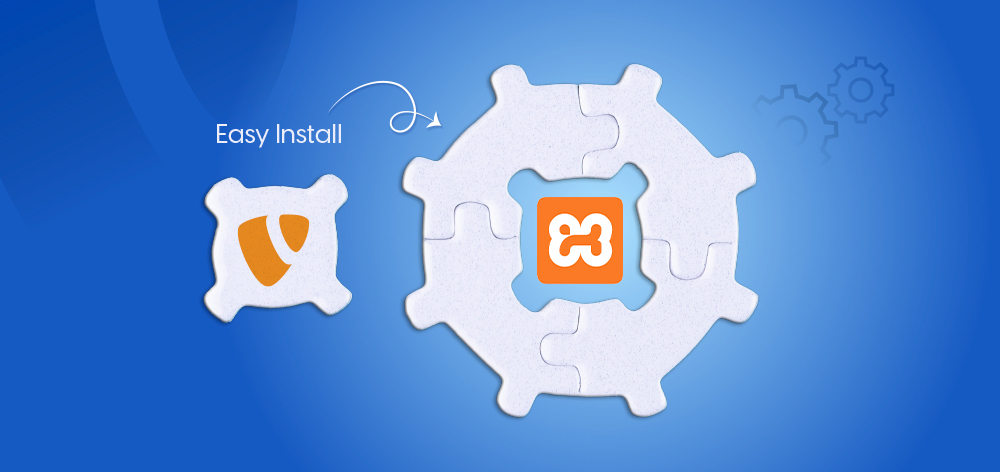
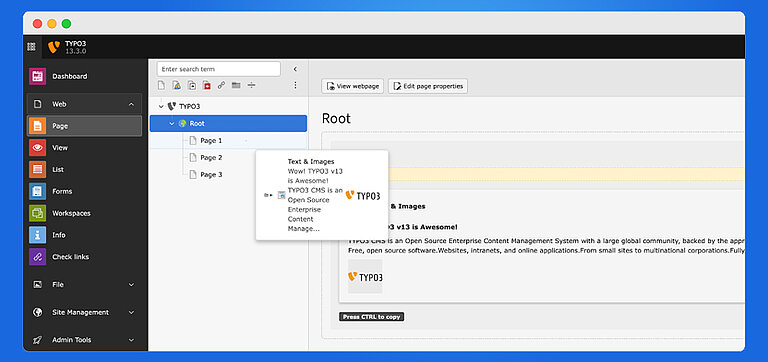
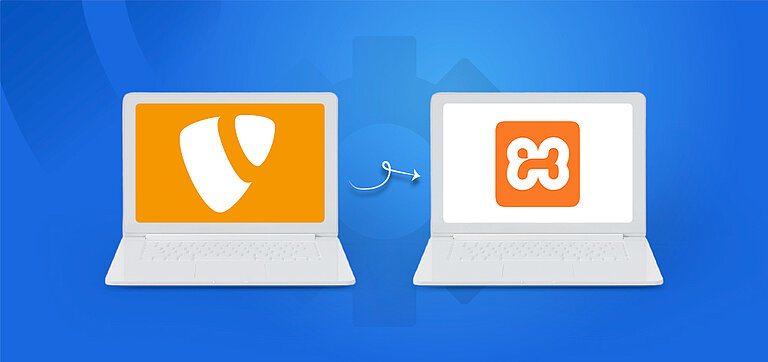
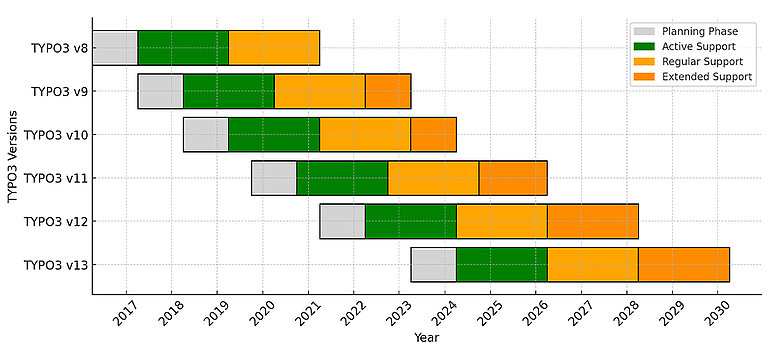

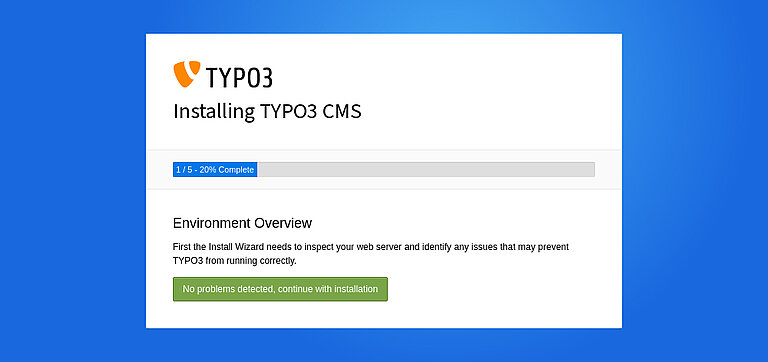
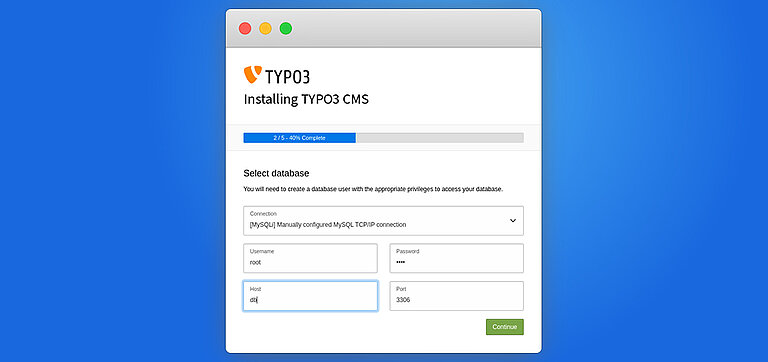
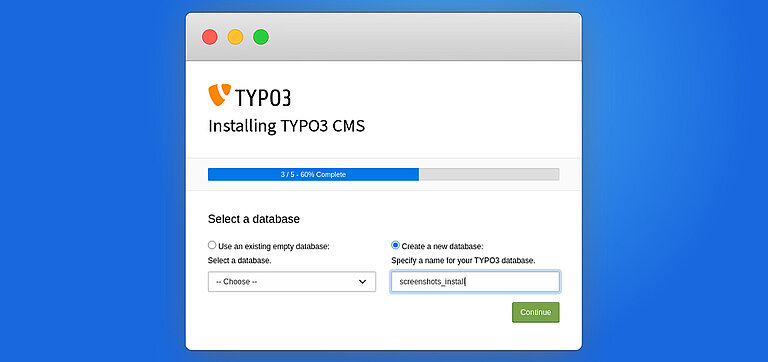
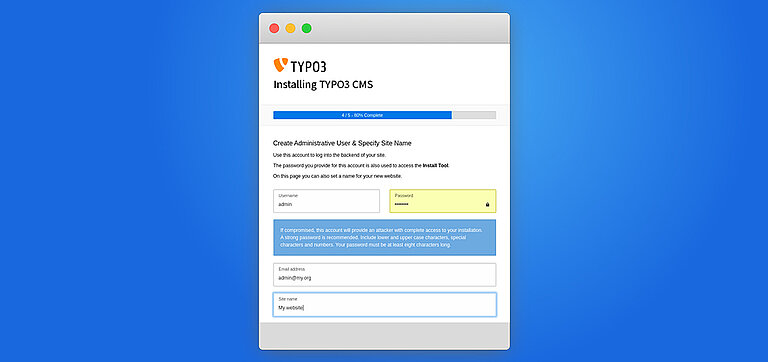
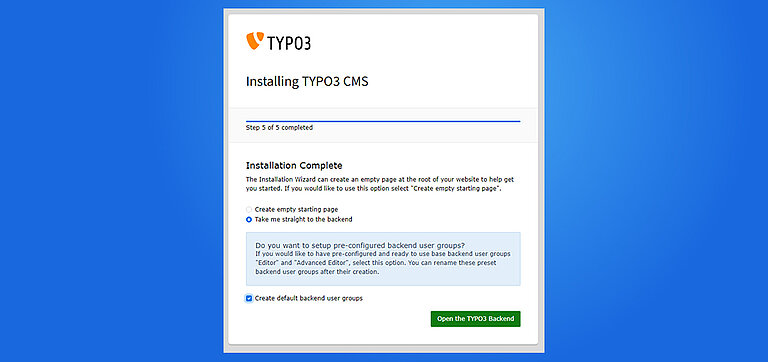
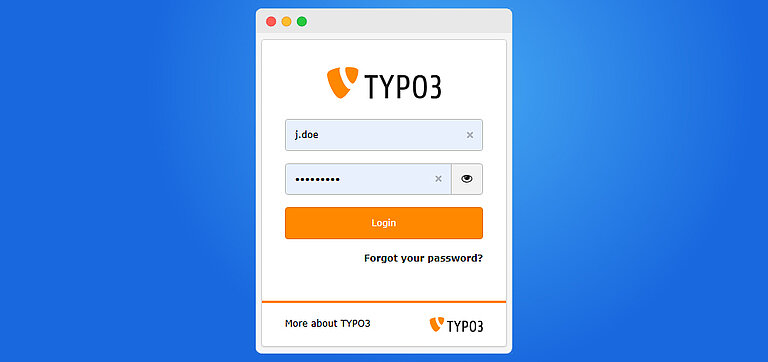
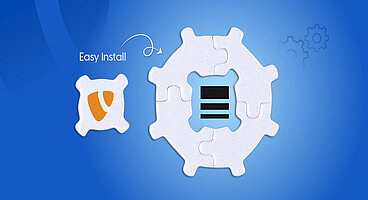
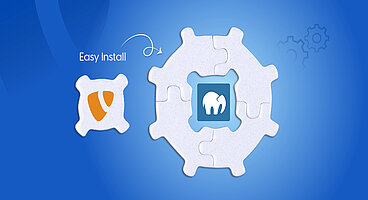
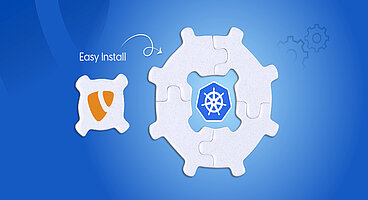
Wolfgang Weber
Brand & Communication LeadWolfgang Weber gestaltet TYPO3 mit Leidenschaft und Expertise. Als langjähriger TYPO3-Enthusiast hat er zu zahlreichen Projekten beigetragen, die Websites schneller und sicherer machen. Abseits von TYPO3 findet man ihn…
More From Author